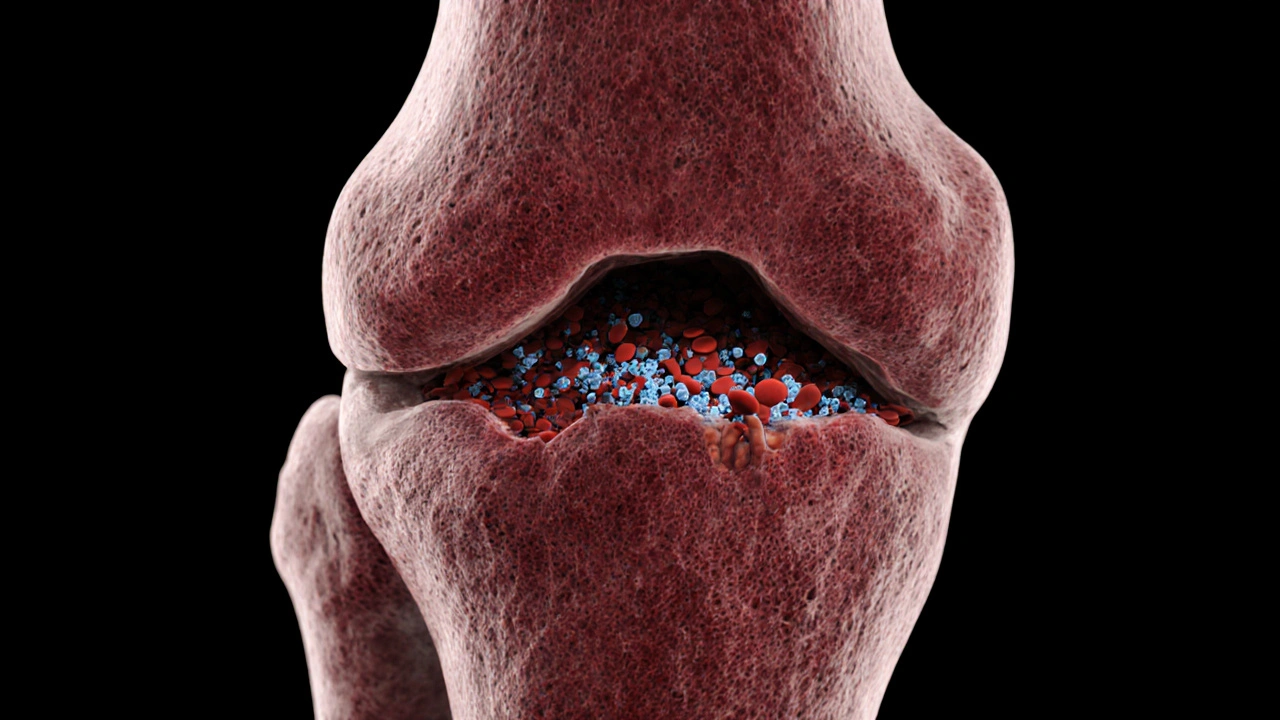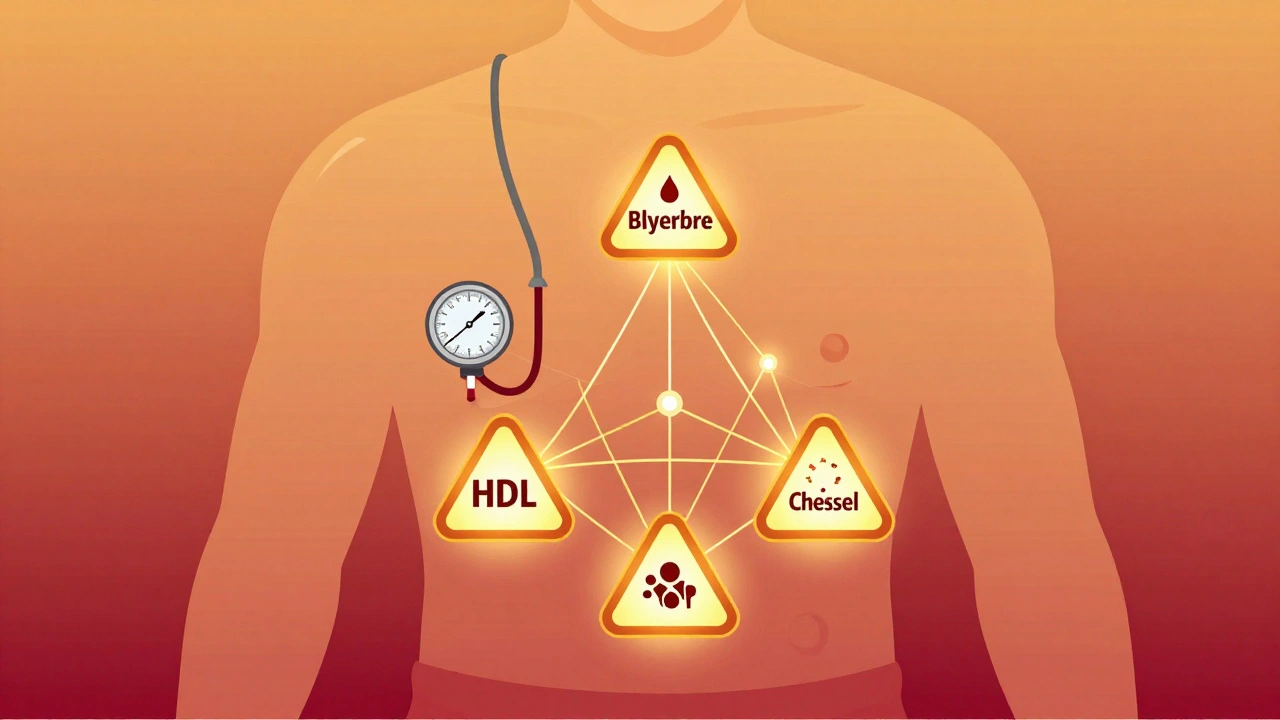Platelet Count: What It Means and Why It Matters
When checking platelet count, the number of platelets per microliter of blood. Also known as thrombocyte level, it tells you how ready your blood is to form clots. Complete blood count (CBC), a routine lab panel that includes red cells, white cells, and platelets uses platelet count as a key indicator of overall hematologic health. When the count drops below the normal range, doctors label the condition thrombocytopenia, a deficiency of platelets that raises bleeding risk. Conversely, a high count can signal inflammation or a bone‑marrow disorder. In short, platelet count sits at the crossroads of clotting, disease detection, and medication monitoring, making it a vital sign you shouldn’t ignore.
Why does platelet count wiggle so much? Several factors pull the numbers up or down. Chronic liver disease, viral infections, and certain cancers can suppress production in the marrow, leading to thrombocytopenia. On the flip side, inflammatory conditions like rheumatoid arthritis or an acute response to infection can push the count higher. Medications play a huge role too—aspirin, clopidogrel, and other antiplatelet drugs deliberately reduce platelet activity to prevent heart attacks, but they can also lower the overall count or impair function. Chemotherapy agents, heparin, and even some antibiotics interfere with platelet formation. Lifestyle habits matter: excessive alcohol, poor nutrition, and smoking can all chip away at healthy levels. Understanding these links helps you and your clinician decide whether a low count is a temporary blip, a side‑effect to watch, or a sign of a deeper issue.
What can you do about it? First, get a baseline CBC and track changes over time, especially if you’re on antiplatelet medication or have a chronic illness. If your doctor spots thrombocytopenia, they’ll likely ask about recent illnesses, medication changes, and alcohol use before ordering a bone‑marrow biopsy. Simple steps—cutting back on alcohol, eating iron‑rich foods, and managing chronic inflammation—can support platelet production. In cases where medication is the culprit, doctors may adjust the dose or switch to a different drug that spares platelets. For more serious drops, treatments range from platelet transfusions to steroids that boost production. By keeping an eye on the platelet count and its surrounding factors, you can help prevent unexpected bleeding and stay ahead of conditions that hide in plain sight.
Below you’ll find a curated set of articles that dive deeper into specific scenarios—how common drugs influence platelet numbers, what low counts mean for surgeries, and practical tips for monitoring your CBC at home. Explore the collection to see how the science ties into everyday health decisions.






